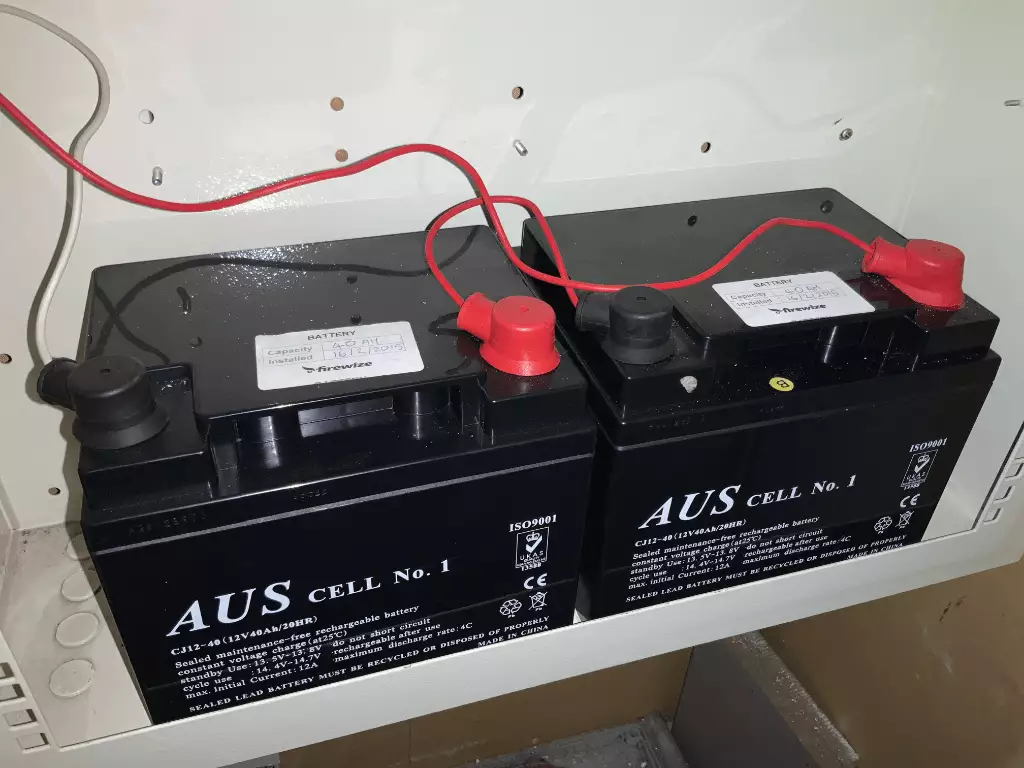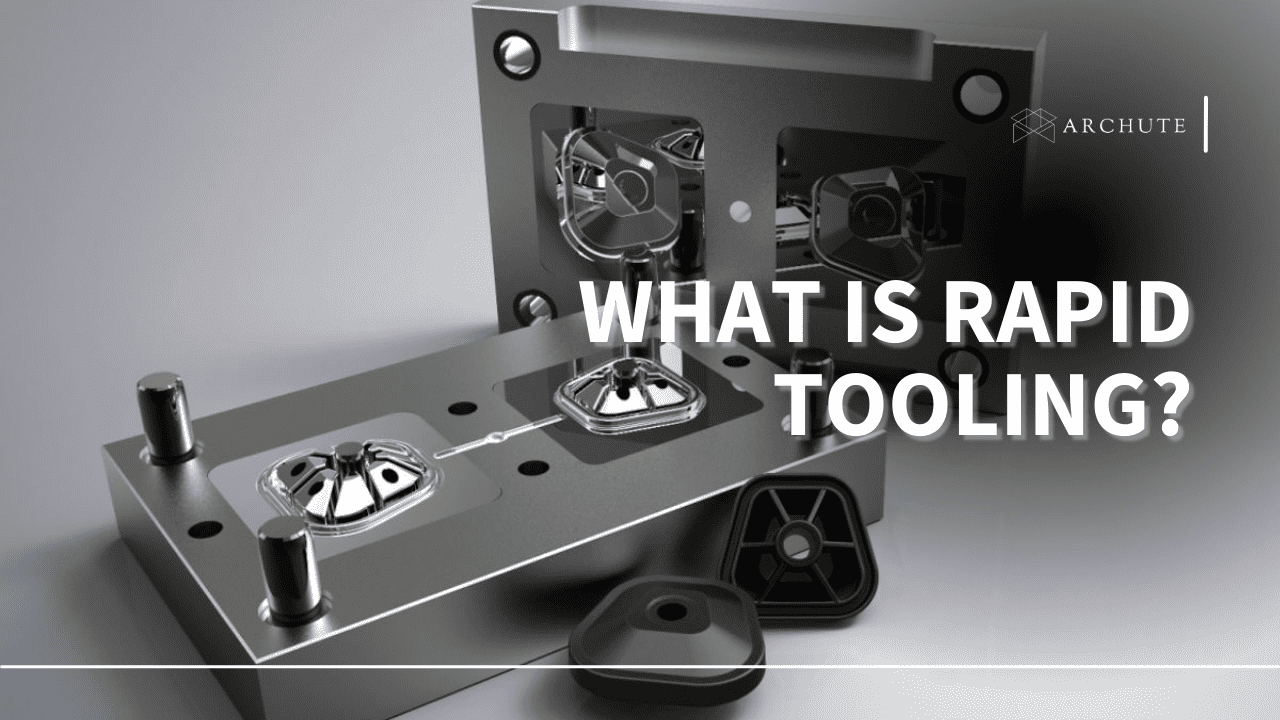Did you know, different Fire Departments responded to over 172 900 cooking fires between 2014-2018? According to the National Fire Protection Association, these fires resulted in over 500 civilian deaths and economic losses of over $1 billion after property damage. With such scary statistics, you need to invest in durable batteries for fire alarm systems installed on your property.
What Is a Fire Alarm System?
A fire alarm system comprises a single device or multiple connected devices which detect when a fire is about to happen. If any detection occurs, these devices sound an alarm, such as a siren, bell, hooter, or an automated voice to warn occupants to evacuate. When looking for a device to use in your home, you can go for a smaller system that uses a smoke detector or smoke alarm.
Smoke detectors detect smoke either optically or through ionization. If these domestic smoke alarms detect smoke, they ring out sirens or bells, which is your cue to evacuate and call 911. As the use of domestic smoke detectors rose in recent years, the US National Fire Protection Association has noticed a great decline in home fires.
Since you now know how vital a smoke detector is for your fire prevention system, your main duty is to ensure it remains in perfect working condition. So, you need to ensure your smoke detector has long battery life. Let us discover various things you should know about smoke detector batteries, including the types of detectors and when and how to replace their batteries.
Types of Domestic Fire Alarms
According to The US National Fire Protection Association, various cooking methods cause most domestic fires in the US. The statistics show that cooking fires result in 51% of domestic fires. If you want to make sure your cooking is safe for you and your loved ones, you will need to invest in either of these smoke detectors;
- Battery-operated smoke detectors. As you can guess, these fire alarms need batteries to operate. After you buy and install one, you need to ensure you have spare batteries with you every time. In most cases, these smoke detectors work independently, meaning even if you have several in your home, they will detect smoke separately, and if one starts beeping, that does not trigger the others to do so if they do not detect the smoke. However, the detectors are affordable, easy to install and easy to replace the batteries when drained.
- Hard wired smoke detectors. These smoke detectors are connected to your home's power supply system. However, though they use electricity to perform, they still need a smoke detector battery as backup for emergency times when your power is off. The installation process is harder for these smoke detectors, and you will still need to replace the battery when the 9-volt lithium batteries drain. Additionally, unlike the battery-powered smoke alarms, the hard-wired smoke detectors can be chained, meaning they all send out warnings if one detector rings out.
Both smoke detectors do one job thoroughly; they detect any kind of smoke (from a flaming or smoldering fire) and send warnings. But, you might want to enquire from your seller which smokes each smoke alarm can detect faster.
There are ionization smoke alarms and photoelectric smoke alarms, and they detect flaming fires and smoldering fires faster than each other, respectively. However, since there is not enough research to make any ionization sensor or photoelectric sensor fire alarms better than each other, you can get dual sensor smoke alarms equipped with both sensors for faster detection.
When choosing between different smoke detectors; you need the best smoke alarm battery for each. Before we learn how to replace the batteries, let us go over how long a battery lasts on a smoke detector and when to replace the fire alarm battery.
How Long Does a Smoke Detector Battery Last?
As you continue to look for the best smoke detectors, you will notice many manufacturers marketing their devices to have up to 10-year battery life. You will find this type of battery labeled as a 10-Year Sealed Battery Smoke Alarm. While this might be true, it is better to put your family's safety first and follow the US National Fire Protection Association's recommendation to change the battery every six months.
Different factors affect how long a smoke alarm battery can last, including;
- How often you clean the smoke alarm. When dust and other elements build up in your smoke detector, the device will be more sensitive, while the battery will work twice as hard detecting false alarms. You can make sure you occasionally wipe or vacuum your smoke detectors to keep them in perfect working condition.
- Where you install the fire alarm. While you want the smoke detectors to sniff out any sign of impending fires, you need to be careful where you install them to prevent nuisance alarms. If installed near your stove or bathroom where smoke and steam are common, it is unsurprising that the alarm will keep going off, which will drain its battery life faster.
- How often you test if the smoke detector still works. It is best practice to test if your home security system works, including the fire alarm system, every month. However, every test drains your fire alarm battery fast, so you need to have replacement batteries ready every few months.
When you want to conserve your smoke detector battery life, you need to know the types of batteries your device has. Most fire alarms come with these types of batteries;
- 9V alkaline batteries. These are common batteries used for battery-powered smoke alarms. The batteries are rectangular and come with a high voltage that, unfortunately, drains faster.
- AA alkaline batteries. Fire alarms that use AA batteries come with two or three batteries, unlike the bigger, rectangular 9V battery. AA batteries have more Ah capacity, which makes them more long-lasting.
- 10-year sealed battery smoke alarms. Fire alarms that come with 10-year battery life have sealed lithium batteries. Compared to the 9V ad AA batteries that need replacing every six months, you can change the sealed lithium batteries once a year. While manufacturers indicate you can wait for 10 years before replacing the batteries, it is best practice to change them sooner because, as we've seen, some factors contribute to faster battery drainage.
When to Change the Batteries for Fire Alarm Systems
Now that you know the types of batteries your smoke detectors have and how long they can work, here are three signs you need to change the batteries.
- With draining batteries, many smoke detectors produce a warning sound. Often, the warning is a patterned beep lasting anywhere between 30 to 45 seconds every time. It is important to know what warning your smoke alarm rings when detecting smoke, as this will be different from the low-battery warning.
- You can tell your battery is drained when the alarm does not ring during a routine test. Replace the battery immediately and run the smoke test again if this happens. However, if the alarm does not ring even with a new battery, it may be a good time to replace the entire alarm.
- You can tell your battery is draining when it produces a constant red blinking light. Most smoke and carbon monoxide detectors combine the red blinking light with an accompanying beep sound through various intervals. If you pay close attention to these signs, you will be able to install your backup battery in time, as we show you below.
How to Install and Test Replacement Batteries for Fire Alarm Systems
Armed with all the safety information above, here is how you replace your smoke alarm batteries.
Step 1: Turn off your power supply if you have a hard-wired smoke detector. It is vital to have your electricity or generator power turned off when working on most electronics to prevent electrocution.
Step 2: Remove the smoke alarm's top cover. Before doing so, understand how the cover or face comes off. In some smoke detectors, the face comes off when your twist it slightly. In others, you may need more energy to pop it off, while others require advanced removal with a screwdriver.
Step 3: Take out the old battery from the battery compartment. Remember, most batteries have harmful properties, so keep the battery safe for safe disposal.
Step 4: Install the backup battery. For this step, you need to ensure you have compatible batteries; for instance, if your smoke detector uses 9V or AAs batteries, ensure your new batteries are similar. In addition, ensure you match the male and female terminals correctly. The male terminals have the + symbol, while the female terminals are marked with the - symbol.
Step 5: Lock the smoke detector's cover. When you are sure the battery is placed well, you need to return the plastic cover before turning the power supply on again for hard-wired smoke detectors. If your device is battery-powered, lock the plastic cover and proceed to test if the device works.
Step 6: Now that your smoke detector has a new battery, you need to test if the batteries work before leaving it to want you of an impending fire. To do so, hold the test button for a few seconds until it beeps. Note, you do not need to produce smoke for this to happen, the testing button is designed to produce a sound when pressed, and the smoke detection happens when the button is not pressed.
If you hear a beeping sound, you know the smoke alarm is ready to go back on your wall or ceiling. But, if you have replaced the batteries and the test button does not produce a beeping sound, you can replace the battery with a new one again before running the test. If you test again with no beeping sound, you may need to replace the entire alarm system or contact the manufacturer if your warranty period is active.
Step 7: Prevent fires. Even as you have a good battery to help your smoke alarm work, you need to take the best measures to prevent fire accidents in your home. To keep your family safe, follow these fire prevention guidelines on cooking, handling electronics, and warming your house during winter.
Featured image source: betanews.com
















